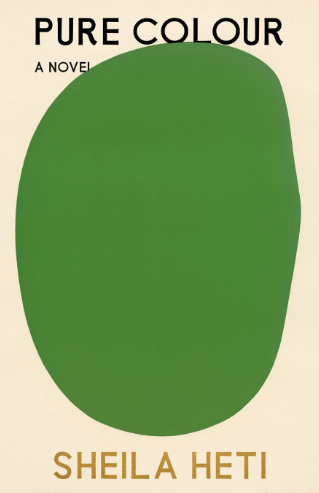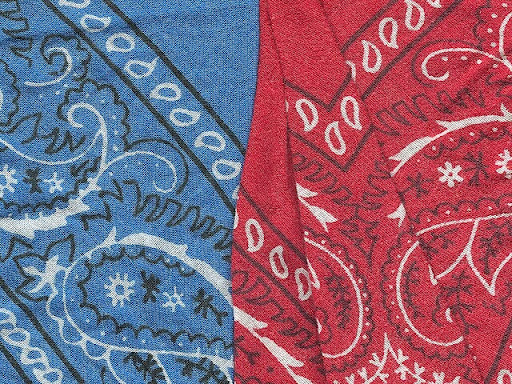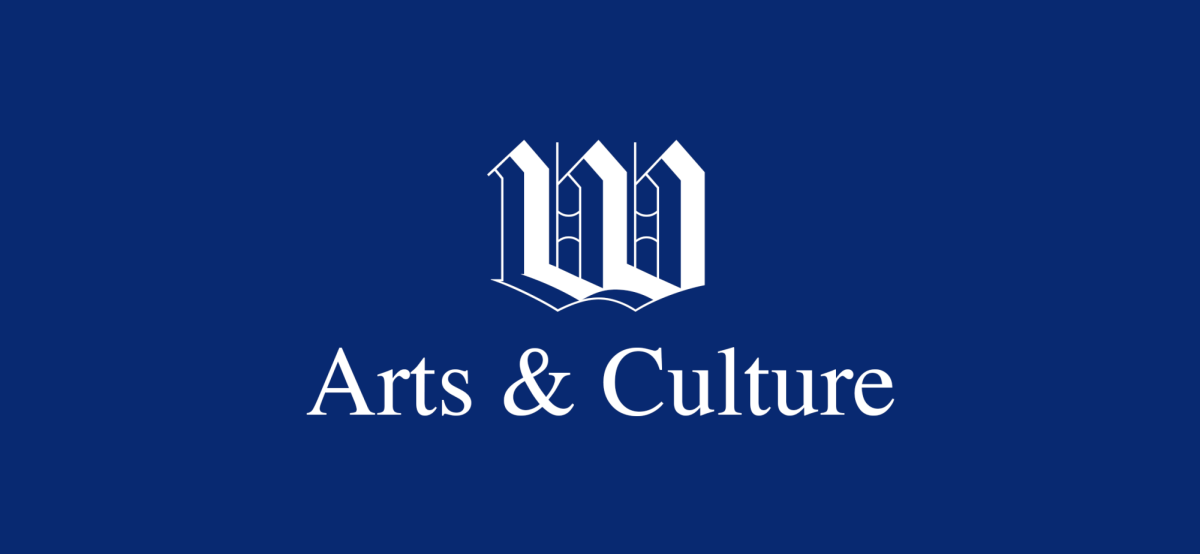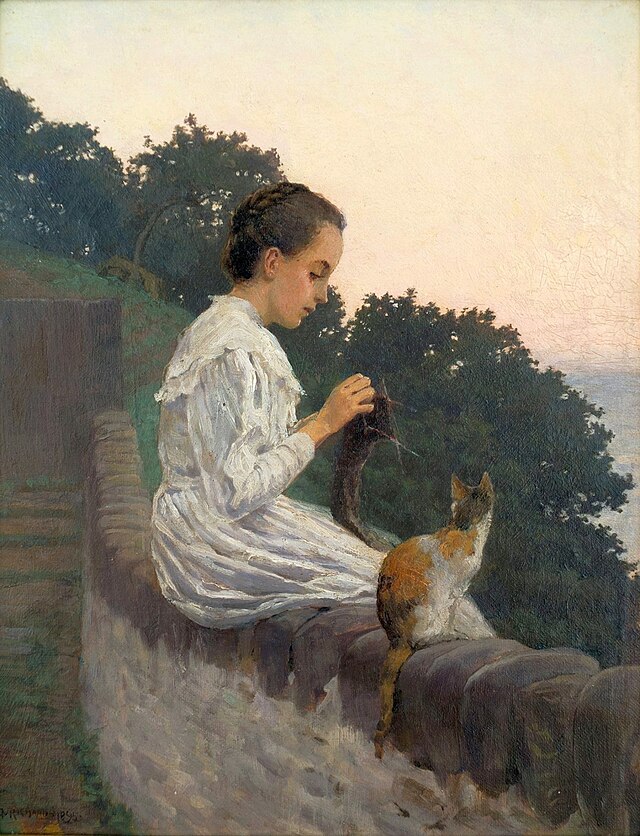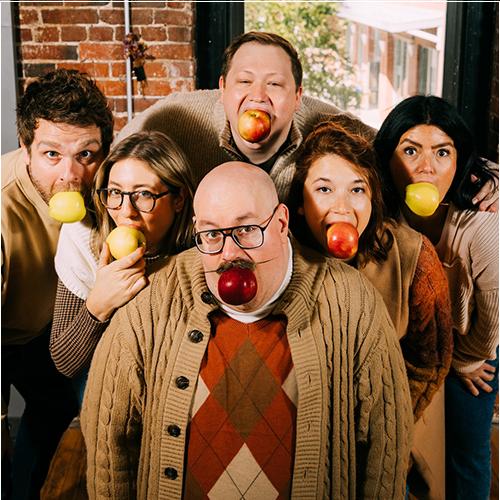On Feb. 15, 2022, Sheila Heti released her novel “Pure Colour,” a philosophical retelling of creation where God is an artist, and everyone is living in the first draft of his masterpiece. Heti bleakly observes, “Here we are, just living in the credits at the end of the movie. Everyone wants to see their name up on the screen,” and perhaps that’s why she says God is planning a second draft.
The first draft of civilization constitutes a flawed existence — love, misery and comradery amidst uncertainty. God originally conceived of creation as an aesthetic project, and before he starts his second draft, he enlists three critics in the sky because he’s “hoping to get it more right this time.” The birds love beauty and harmony, the fish love fairness and justice and the bears love the few they are close to. They are all equally important, yet they can never fully understand each other, and what they wish for, they seldom achieve.
Heti’s story follows Mira, a birdlike woman, and the people she loves: her bearlike father and a fishlike woman named Annie. Critiquing art brings humans closer to God, and Mira attends the prestigious American Academy of American Critics where aspiring critics hone their insights while drinking tisane and eating croissants. She meets Annie and instantly aligns herself with her, believing “something widened inside of them” and that their relationship already existed. When she’s older, her father dies, and his spirit enters her. Their souls become intertwined on a leaf, and after photosynthesizing every day loses its charm, Mira must decide whether reentering the human world is worth it.
“Pure Colour” is a novel about many things — relationships, art, novelty lamps and time — but it’s mainly about love and loss. Mira grieves the loss of her father, falls in love with someone she can never understand and realizes that she and all the art she loves will eventually become obsolete. She searches for “pure colour”— not something that’s colorful but color itself — and this quest for something rare and intangible is central to the novel.
At times, Heti’s free-flowing narrative feels like a transcribed fever dream, but even with philosophical ramblings about what it means to be a daughter or whether Manet’s art has the “spark that says more than here,” the story feels strikingly earnest. Mira is always waiting — waiting for God to create the second draft or waiting to be a better person. She wants to know if art and love can heal her; she wants to know if she’s worthy of forgiveness. Heti asks questions above love and mortality that are part of a larger quest to understand beauty and the mysteries of the universe, and yet she wants her characters to sit with their uncertainty, even when it’s painful and confusing for them.
While her previous novels “Motherhood” and “How Should a Person Be?” seemingly provided answers to the questions they posed about having children and becoming your ideal self, “Pure Colour” is less about providing a concrete answer and more about telling readers that they are not alone in their restlessness. It’s OK to not have the answer; we’re still in the first draft.

